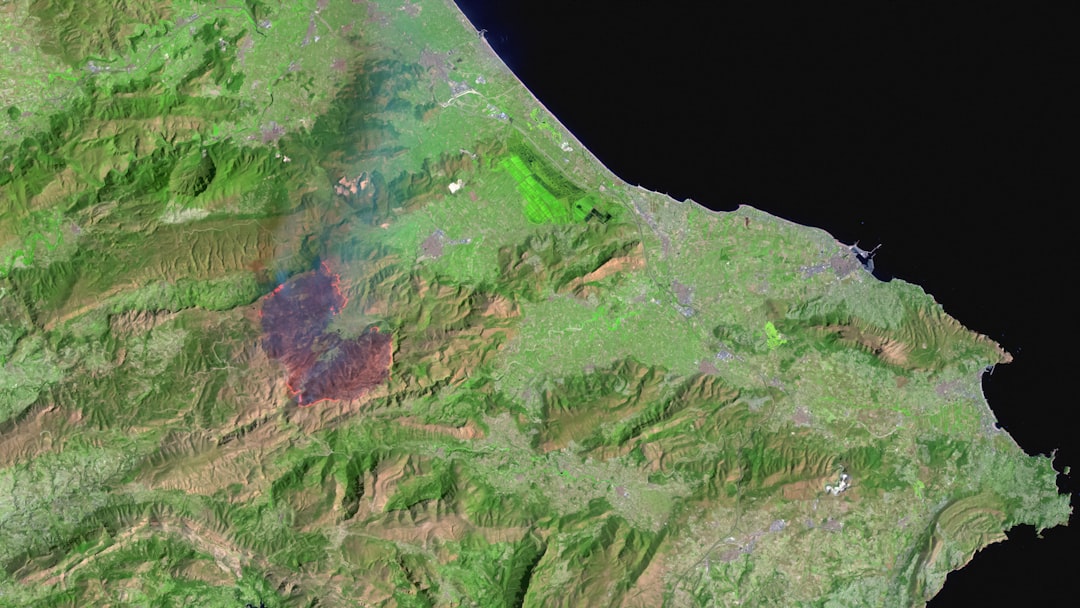Metaphysical poetry emerged in the 17th century, primarily in England, and is characterized by its intricate exploration of complex themes through the use of elaborate metaphors and philosophical inquiry. The term “metaphysical” itself was coined by Samuel Johnson in the 18th century to describe a group of poets whose work diverged from the conventional poetic forms of their time. These poets sought to delve into the nature of existence, love, and spirituality, often employing a style that combined intellectual rigor with emotional depth.
The hallmark of metaphysical poetry lies in its ability to intertwine the abstract with the tangible, creating a rich tapestry of thought that invites readers to ponder profound questions about life and the human experience. At its core, metaphysical poetry is marked by a distinctive use of conceits—extended metaphors that draw surprising connections between seemingly disparate ideas. This technique allows poets to explore themes such as love, death, and the divine in ways that challenge conventional perceptions.
The language of metaphysical poetry is often characterized by its wit and paradox, as poets engage in a dialogue with their subjects that is both playful and serious. This duality reflects the complexity of human emotions and thoughts, making metaphysical poetry a unique and enduring form of literary expression.
Key Takeaways
- Metaphysical poetry is a style of poetry that explores complex and abstract ideas, often using unconventional metaphors and imagery.
- Characteristics of metaphysical poetry include wit, intellectualism, and a focus on the exploration of the human experience and the nature of existence.
- Influential metaphysical poets include John Donne, George Herbert, and Andrew Marvell, who were known for their innovative use of language and thought-provoking themes.
- The themes of metaphysical poetry often revolve around love, religion, mortality, and the relationship between the physical and spiritual worlds.
- Metaphysical poetry has had a significant impact on literature, influencing later poets and writers with its unique style and exploration of philosophical and existential themes. It continues to be studied and appreciated for its enduring relevance and thought-provoking nature.
Characteristics of Metaphysical Poetry
Exploring Existential Questions
John Donne, a leading figure in metaphysical poetry, frequently grapples with existential questions and the nature of reality in his poems.
Conversational Tone and Colloquial Language
Another notable feature of metaphysical poetry is its use of colloquial language and conversational tone. Unlike earlier poetic forms, metaphysical poets often employed everyday speech patterns, making their work more accessible while still retaining a level of sophistication. This conversational style allows for a more intimate connection between the poet and the reader, as seen in Andrew Marvell’s “To His Coy Mistress,” where the speaker directly addresses his beloved in a manner that feels both personal and urgent.
A Unique Blend of Style and Theme
The blend of casual diction with profound themes creates a unique tension that is emblematic of metaphysical poetry. This blend allows metaphysical poets to explore complex ideas and emotions in a way that is both relatable and thought-provoking.
Influential Metaphysical Poets

John Donne stands as one of the most influential figures in metaphysical poetry, renowned for his innovative use of language and complex themes. His body of work encompasses a wide range of subjects, from love and desire to mortality and spirituality. In poems like “A Valediction: Forbidding Mourning,” Donne employs intricate metaphors to convey the idea that true love transcends physical separation.
His ability to fuse personal emotion with philosophical inquiry has left an indelible mark on the genre, influencing countless poets who followed. Another significant poet within this movement is George Herbert, whose religious devotion permeates his work. Herbert’s poems often reflect his struggles with faith and doubt, employing metaphysical conceits to explore his relationship with God.
In “The Altar,” for example, Herbert uses the image of an altar as both a physical structure and a metaphor for his spiritual journey. His unique blend of personal experience and theological reflection has made him a pivotal figure in metaphysical poetry, offering insights into the complexities of faith that resonate with readers across generations.
The Themes of Metaphysical Poetry
Metaphysical poetry is rich with themes that delve into the intricacies of human existence. Love is perhaps the most prominent theme, explored through various lenses such as desire, longing, and the interplay between physical and spiritual connections. In Donne’s “The Good Morrow,” for instance, love is portrayed as a transformative force that elevates individuals beyond mere physical attraction to a deeper understanding of one another’s souls.
This exploration of love often intertwines with themes of mortality, as poets grapple with the transient nature of life and relationships. Another significant theme within metaphysical poetry is the quest for knowledge and understanding. Poets frequently engage with philosophical questions about existence, reality, and the divine.
In Herbert’s “Easter Wings,” for example, the poet reflects on the duality of human experience—joy and sorrow, life and death—while seeking a deeper connection with God. This theme resonates throughout metaphysical poetry, as poets navigate the complexities of faith and reason in their pursuit of truth.
The Impact of Metaphysical Poetry on Literature
The impact of metaphysical poetry on literature extends far beyond its own era, influencing subsequent generations of poets and writers. The innovative use of conceits and intellectual engagement with themes laid the groundwork for later movements such as Romanticism and Modernism. Poets like William Wordsworth and T.S.
Eliot drew inspiration from the metaphysical tradition, incorporating elements of emotional depth and philosophical inquiry into their own works. Moreover, metaphysical poetry has contributed to a broader understanding of how language can be used to convey complex ideas. The blending of wit, paradox, and emotional resonance found in metaphysical poems has encouraged writers to experiment with form and content in their own literary endeavors.
This legacy can be seen in contemporary poetry, where poets continue to explore intricate themes through innovative language and structure.
The Continuing Relevance of Metaphysical Poetry

Timeless Questions and Universal Themes
The questions posed by metaphysical poets – about love, existence, faith, and the nature of reality – continue to be pertinent in contemporary society. In an age marked by rapid change and uncertainty, readers find solace in the profound inquiries presented by these poets.
Influence on Modern Literature
Furthermore, the stylistic innovations introduced by metaphysical poets have paved the way for modern literary experimentation. Contemporary poets often draw upon metaphysical techniques such as extended metaphor and conversational tone to engage with their own experiences and observations.
Its intricate exploration of themes through innovative language continues to captivate audiences today, ensuring its place within the literary canon as a vital source of inspiration and inquiry.
If you are interested in exploring the nature of reality and human existence, you may find this article on Vedanta philosophy to be a fascinating read. Just like metaphysical poetry delves into deep philosophical and spiritual themes, Vedanta philosophy also seeks to understand the nature of reality and the purpose of human existence. Both subjects invite readers to contemplate the mysteries of life and existence in profound ways.






















+ There are no comments
Add yours